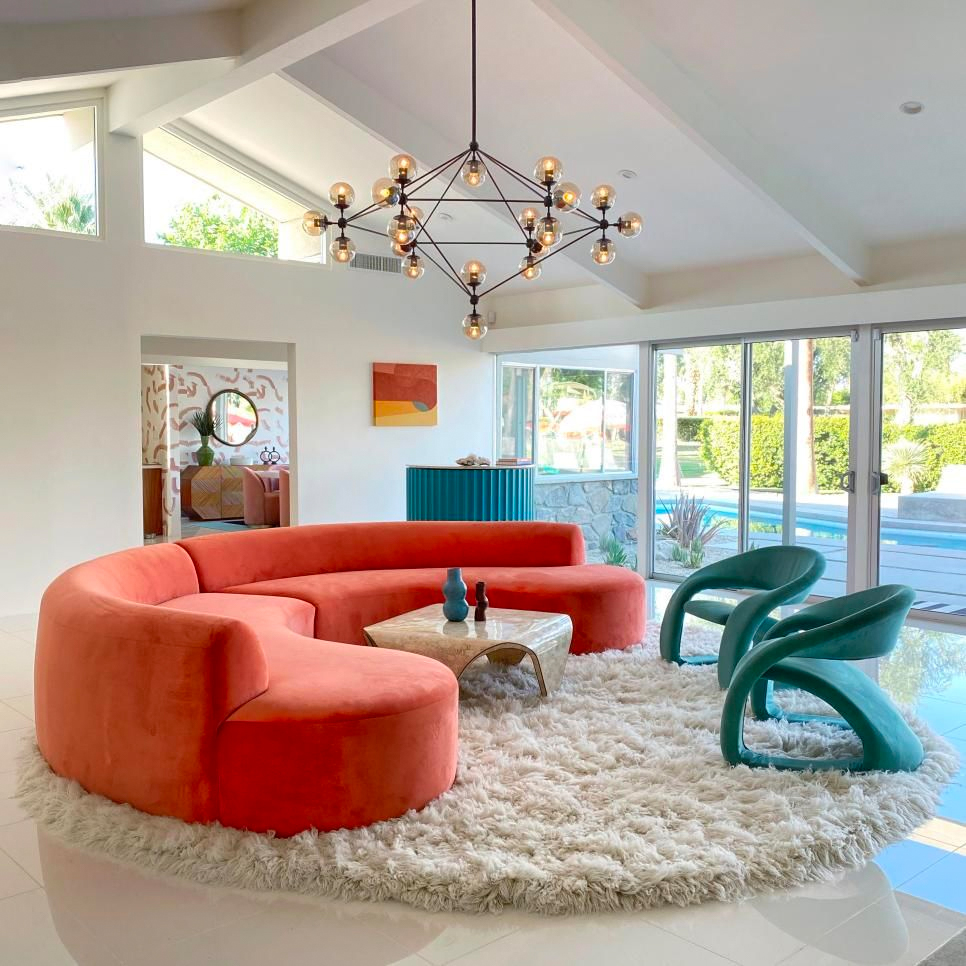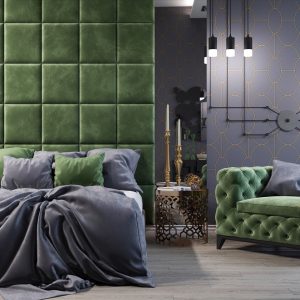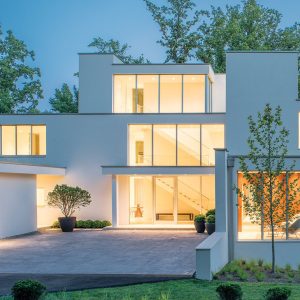
The Beauty of Imperfection: Exploring the Wabi Sabi Home Interiors
In recent years, the concept of wabi-sabi has gained traction in the world of interior design. Wabi-sabi is a Japanese aesthetic philosophy that embraces the beauty of imperfection, impermanence, and authenticity. Instead of focusing on perfection and symmetry, wabi-sabi celebrates natural materials, textures, and asymmetry. In this article, we will dive deeper into the world of wabi-sabi and explore how this philosophy can be applied to home interiors.
What is Wabi-Sabi?
Wabi-sabi is an ancient Japanese philosophy that focuses on the beauty of imperfection, impermanence, and authenticity. The term “wabi-sabi” comes from two Japanese concepts: “wabi,” which refers to living with simplicity, humility, and authenticity, and “sabi,” which refers to the beauty that comes with age, wear, and imperfection. The wabi-sabi philosophy celebrates the inherent beauty of natural materials, such as wood, stone, and earthenware.
The Principles of Wabi-Sabi Interior Design
The principles of wabi-sabi interior design include embracing imperfection, asymmetry, and simplicity. This means using natural materials, such as wood, stone, and linen, that have inherent imperfections and textures. Instead of striving for perfection and symmetry, wabi-sabi encourages a more organic and natural approach to design.
Wabi-sabi stresses the importance of bringing nature into the home. This can be achieved by incorporating natural materials such as wood, stone, and plants into the interior décor. The goal is to create a connection to the natural world that brings a sense of calm and tranquility to the home. The use of muted, earthy colors such as beige, grey, and brown also helps to create a calming and natural environment.
How to Incorporate Wabi-Sabi into Your Home Interior
There are several ways to incorporate wabi-sabi into your home interior. The first is to choose natural materials with textures and imperfections. For example, a wooden dining table with knots and cracks, or a handmade ceramic vase with an uneven glaze. These imperfections add character and charm to your space, and give it a unique personality.
Another way to bring wabi-sabi into your home is to use muted, earthy colors such as beige, grey, and brown. These colors have a calming effect and help to create a natural environment. You can also incorporate natural elements like plants, stones, and shells.
The Benefits of Wabi-Sabi Home Interiors
Wabi-sabi interiors have several benefits. They create a sense of peace, tranquility, and simplicity. This can help to reduce stress and anxiety, and promote a more relaxed mindset. Wabi-sabi interiors also have a unique charm and personality that is difficult to replicate in more traditional interiors. They create a sense of connection to the natural world, which can be beneficial for mental health.
Wabi-sabi is a Japanese aesthetic philosophy that celebrates the beauty of imperfection, impermanence, and authenticity. It encourages a more organic, natural approach to interior design, focusing on simplicity, asymmetry, and natural materials. Incorporating wabi-sabi into your home interior can have several benefits, including reducing stress and anxiety, promoting a relaxed mindset, and creating a unique and charming atmosphere. So why not embrace the beauty of imperfection and try incorporating some wabi-sabi into your home?


